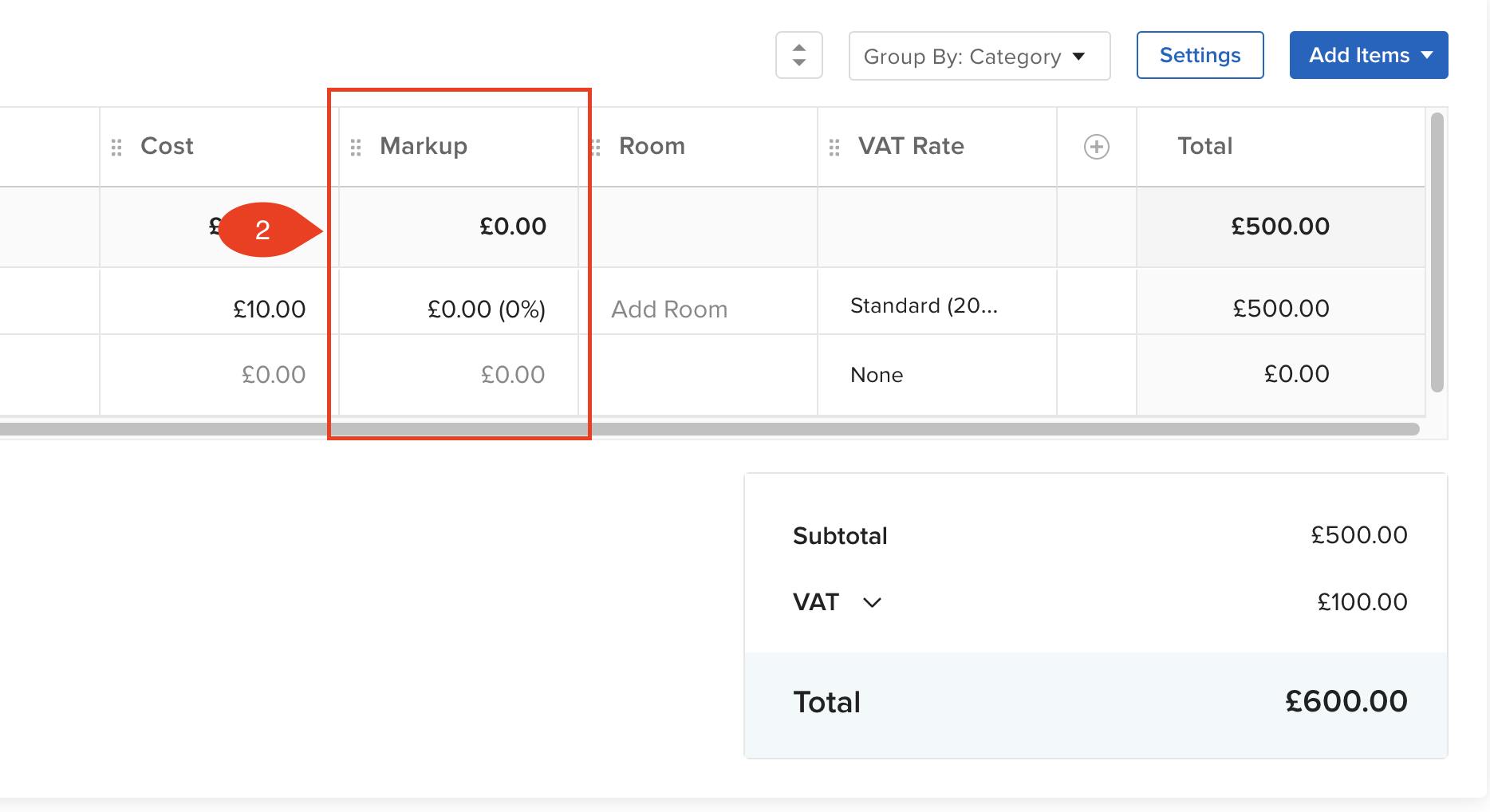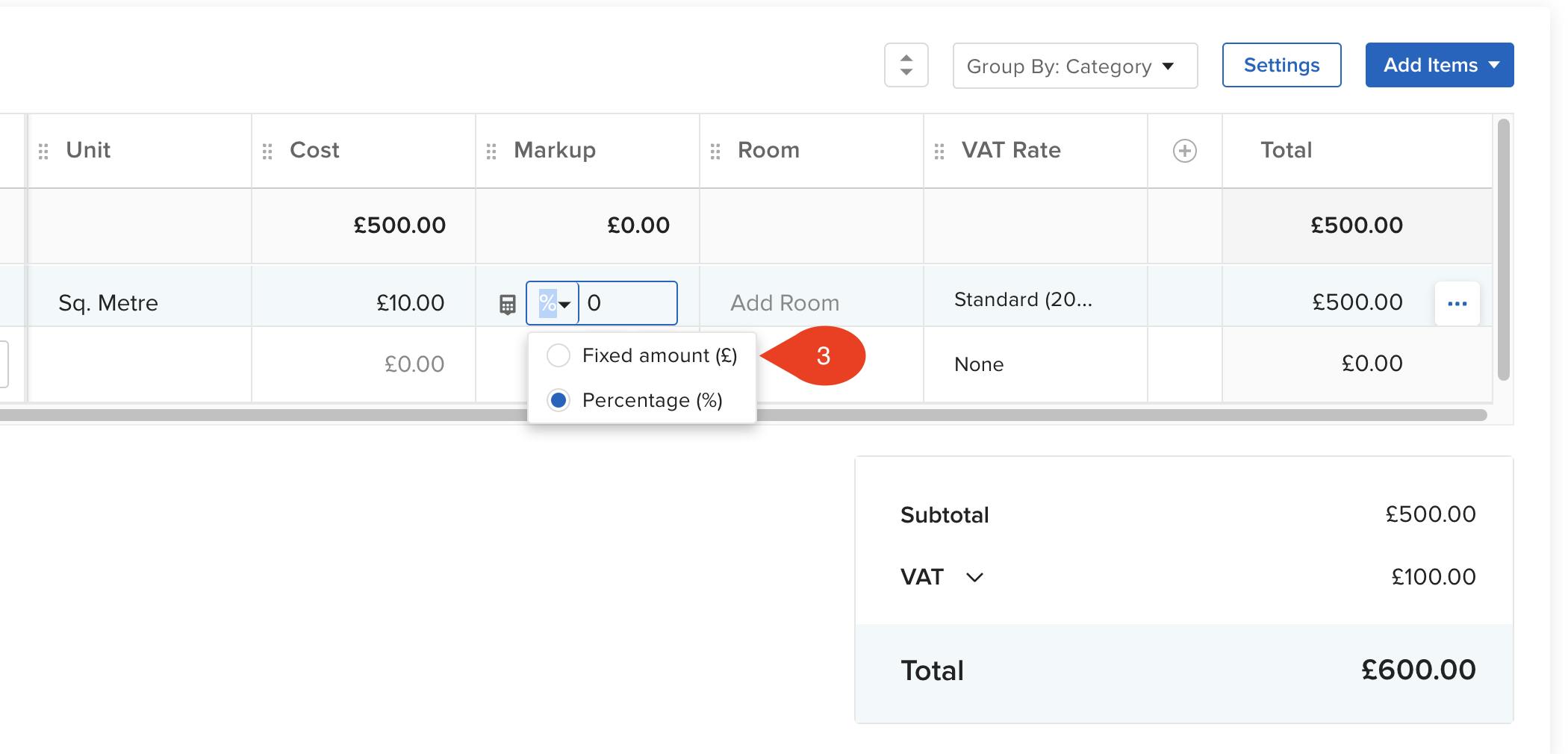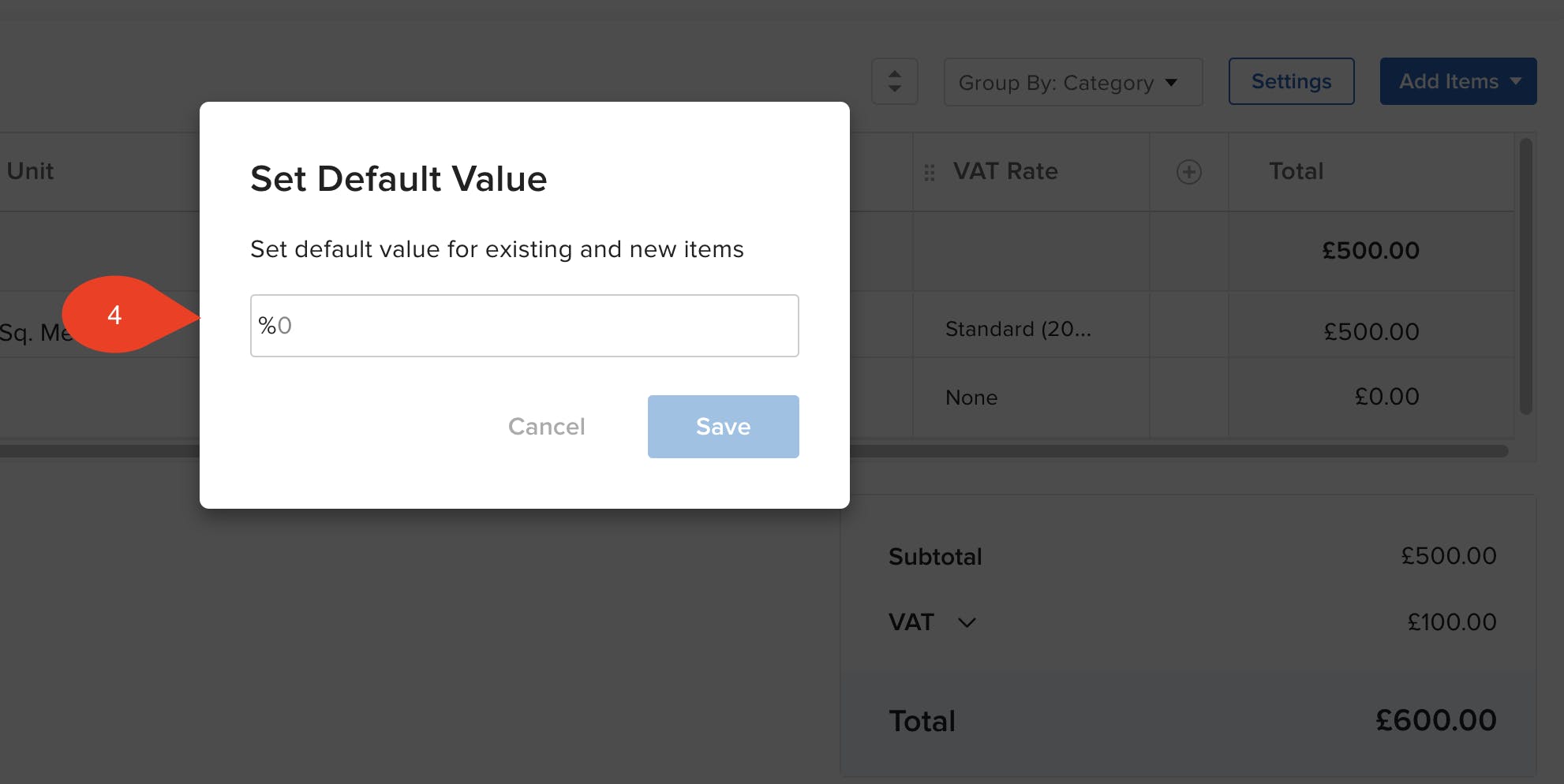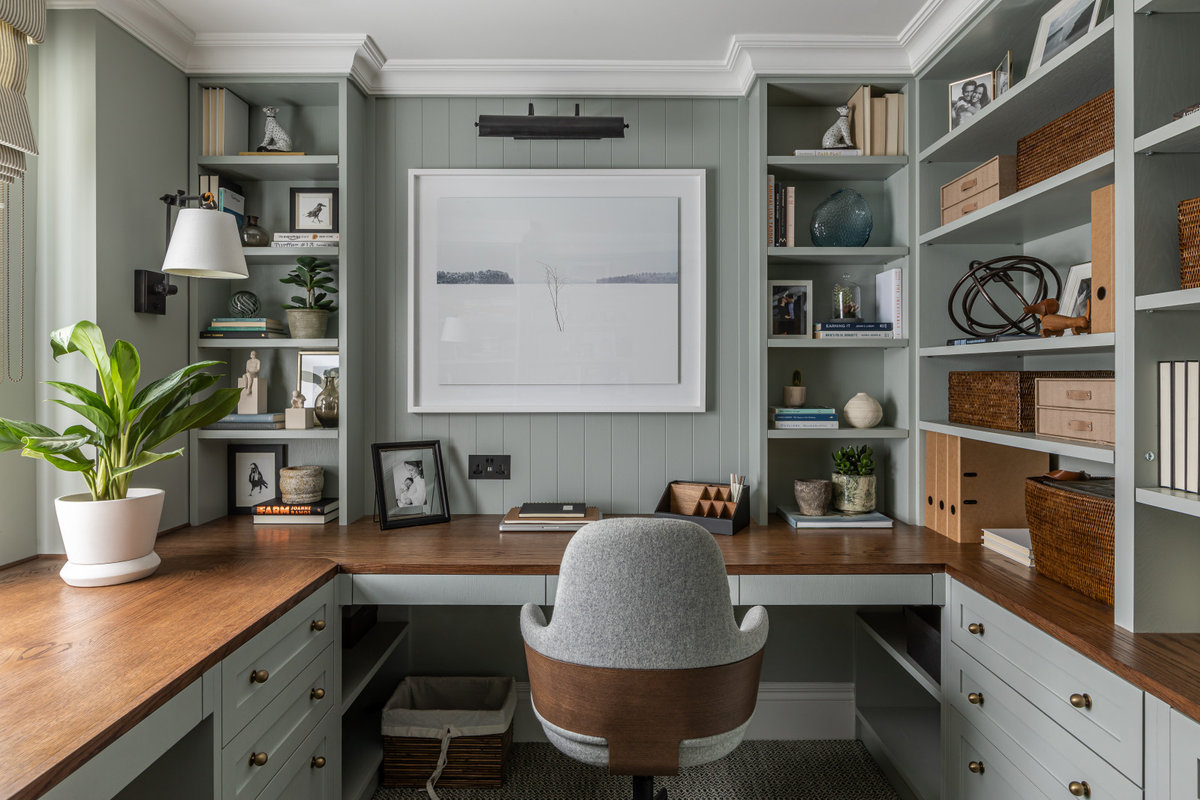Protecting Profits: 5 Steps to Maximise Your Strategies For Success
Learn how Houzz Pro can bring your profit strategies together for success in one easy-to-use platform

Earning a profitable return for your home design or contracting work involves many different factors. To protect your profits, you’ve got to have a strong handle on project and overhead costs, as well as look out for ways to reduce expenses that can eat into profitability.
In this article, we’ll walk you through what you need to do, step-by-step, to protect your profitability so you know that each and every job you take on is contributing to the health and financial success of your business. We’ll also share how Houzz Pro can help you save time and bring your profit strategies together for success in one easy-to-use platform.
Step 1. Outline project costs
With each job, you need to account for your project costs, which means the basic material and work costs to complete the requirements of your proposal. This typically includes things like design materials, furnishings, and labour costs. In your initial estimate to your client, you’ll need to list all these line items. But most importantly, you need to make sure that you’re making a profit on your work.
Before submitting your final estimate to clients, we recommend that you list each line item at cost, then determine your final charge after factoring in overhead costs and your profit margins needed to ensure financial success. Read on for how to do so in the following steps.
Step 2. Determine overhead costs
Project costs differ from overhead costs in that overhead costs tend to be fairly fixed and aren’t altered from project to project. These costs include things like rent, utilities, equipment costs, insurance, VAT, transportation costs, and more.
All of these overhead costs need to be factored into what you’re charging for your projects so that you’re able to make a profit, so it’s essential to nail these down. However, you can’t just pile all your business expenses onto one project – you need to spread them out equally amongst all the projects you’re taking on each month.
A great strategy for success is to take all your monthly overhead costs and divide them by the average number of jobs you work on each month to get your overhead cost per project. You can then factor this into your estimate so you know you’re covered on your basic expenses.
Step 3. Reduce expenses
As you’re taking account of your overhead costs, it’s important to consider ways that you can potentially reduce your regularly occurring business expenses. This could include things like saving on office supplies, taking advantage of cost-reduction programmes for utilities, opting for lower cost transportation such as public transport, finding ways to bundle your insurance, and more. If you’re willing to put in a little legwork and research, these strategies can help you greatly reduce your expenses while enhancing your profits.
Step 4. Determine profit margin
After you’ve accounted for your project and overhead costs and have looked for ways to reduce your expenses, it’s now time to land on your profit margin. To put it simply, your profit margin is the percentage or amount of total revenue after all your costs (project, overhead costs, etc.) have been deducted. Essentially, it’s what you’ll be profiting on each job once costs are factored in.
It’s important to know your profit margin because this is the money you’ll need to pay yourself, invest into advertising and grow your business, hire new employees, upgrade your technology, and more.
After you’ve paid your own salary, a solid net profit margin to aim for is around 25 to 30%. This amount will allow you plenty of assurance that each project you work on brings in enough profit to reinvest into vital areas of business growth.
So how do you make sure you’ve protected your profit margin and factored it into your estimates and invoices? We’ve got this covered for you in our last step.
Step 5. Bring everything together with Houzz Pro
Estimates, proposals, and invoices – a pro can ensure they have an appropriate buffer for every project while also making jobs worth their time by using a markup on estimates, proposals, or invoices. Markups can be applied to line items individually, either as an exact amount or as a percentage of the cost of the item. Alternatively, a markup can be applied to the total amount of a project.
To add a markup to an item on an estimate or proposal you:

1. Click on the Add Items button and select From Parts List to select an item in the Parts List or click on Create New to create a new item. You can also click on Add Item in-line to search through the Parts List and select something.

2. Once you’ve added an item(s) to your estimate or proposal scroll over to the Markup column to adjust your markup.

3. Click on the amount shown in the column. You can now add an exact currency amount as a markup to this item. Alternatively you can click on the currency symbol to change the markup from an exact amount to a percentage of the item cost.
Note: The markup will be multiplied by the item’s quantity.

4. To add a markup to all of the items in your table, click on the three dots on the Markup column header and choose 'Set default value' to set a default markup percentage that will be added to every item.
Note: if you do not see a column for Markup in the Items table, click on Settings and toggle on the Markup column.
By adding a markup to a project pros can make sure they are protecting their bottom line.
Conclusion
While getting a handle on your profits can seem daunting at first, you now have a great game plan and set of strategies at hand to help protect your profitability. More than that, Houzz Pro can help you bring all these pieces together to maximise your success – all while saving you time and hassle.
Make sure you’re protecting your profits by having all your cost factors, estimates, invoicing, and more all in one convenient place. Start a free trial of Houzz Pro today.







